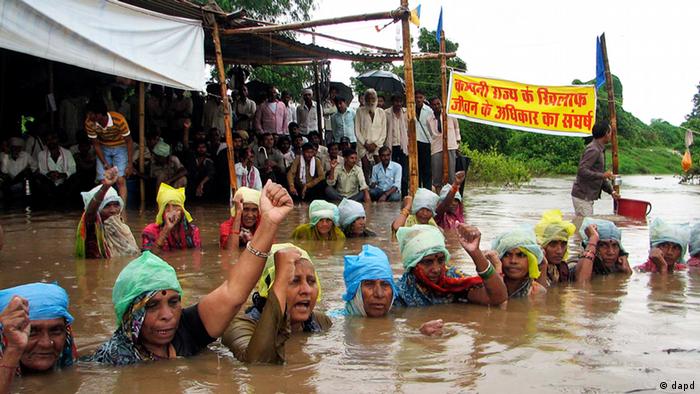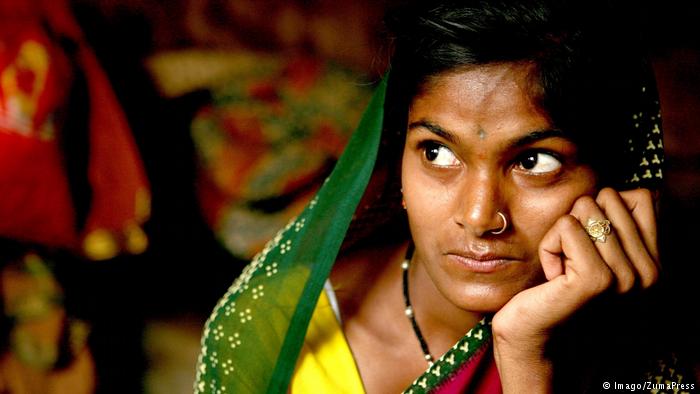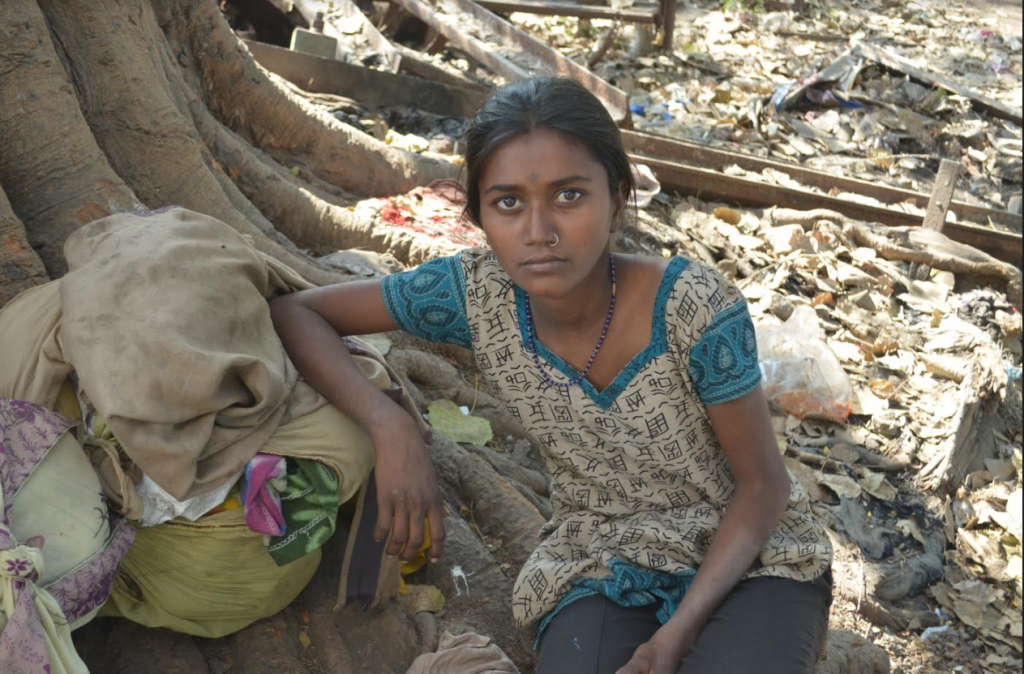Women Gandhis
 India’s great leader Mahatma Gandhi used satyagraha, a non-violent means of protest to achieve freedom from the British empire. Almost one century later, another satyagraha took place in India’s heartland, Madhya Pradesh, to protest against the local government. This time it was Jal satyagraha, submersion. (“Jal” is an old Sanskrit word which means water. Jal satyagraha means protest inside water).
India’s great leader Mahatma Gandhi used satyagraha, a non-violent means of protest to achieve freedom from the British empire. Almost one century later, another satyagraha took place in India’s heartland, Madhya Pradesh, to protest against the local government. This time it was Jal satyagraha, submersion. (“Jal” is an old Sanskrit word which means water. Jal satyagraha means protest inside water).
Wearing colorful scarves around their heads, these women looked desperate. Their malnourished, expressionless faces told stories of their hardship. They seemed to have lost all hope. Most of these women were small farmers from Khandwa district in Madhya Pradesh. They are now called the “Women Gandhis” of central India.
Under the banner of Narmada Bachao Aandolan (Save the Narmada movement), they stood neck-deep under water for almost 17 days opposing the government’s decision to raise the water level in Omkareshwar dam. A village called Ghoghal Gaon in Khandwa district has become the venue of protest. Due to constant immersion in water many of them developed wounds on their back and palms, but that did not keep them from protesting.
Dams have been a symbol of development in India’s policy. The first Prime Minister of independent India, Jawahar Lal Nehru, described dams as the “temples of resurgent India”. In October 1963, while inaugurating the Bhakra Nangal Dam on the Sutlej river in India’s northwest, he said, “This dam has been built with the unrelenting toil of men for the benefit of mankind and therefore is worthy of worship. May you call it a Temple or Gurudwara or a Mosque, it inspires our admiration and reverence.” One can easily understand how dangerous it could become, when one decides to protest against dams in India.
But the women Gandhis have defied tradition. The protest went unnoticed in the beginning, but slowly gained attention all over the globe. In India too, the media has raised issue. This could not have happened if there were no women in the front. In a country where the “second sex” is subject to suppression in many forms –domestic violence to sexual assaults – this was a unique social phenomenon.
Leading a protest in patriarchic feudal society is not an easy task, especially if women are involved, but these women did it through their own “Gandhian” means. The government, which initially showed a “who cares” attitude, bowed to their demands and directed local authorities to not raise the water level in the dam.
The protest has achieved its immediate goal and has left a far reaching impact on the development policies and the psyche of the society. This is a very important aspect of the movement. At a time when violence and extremism are spreading like cancer, these women prove non-violence is still relevant. They prove that this world needs Gandhi more than ever.
Author: Vishwadeepak
Editor: Manasi Gopalakrishnan
Tell us what you think! You can write your comments at the end of this page or express your views on Facebook at DW- Women Talk Online.






